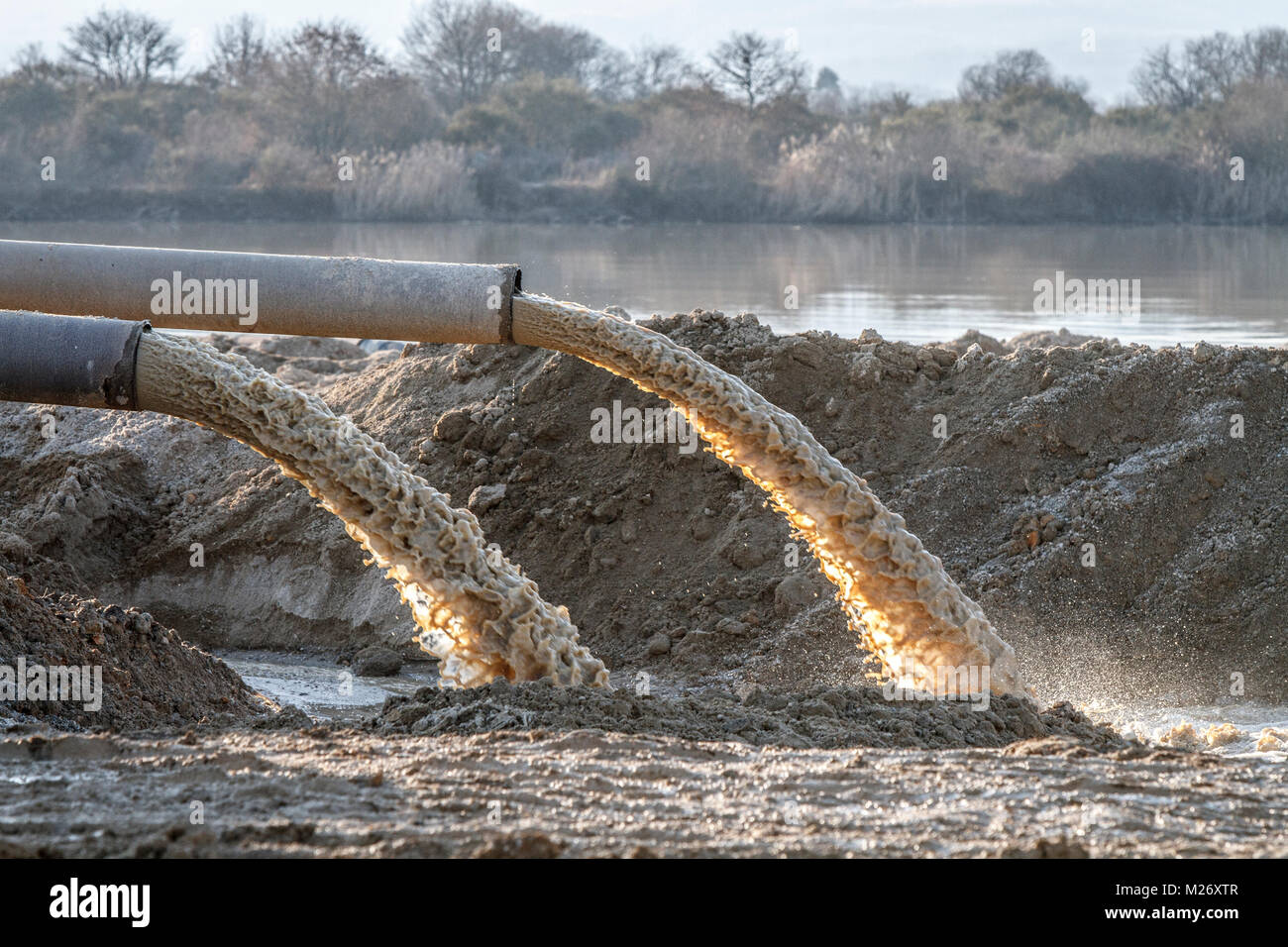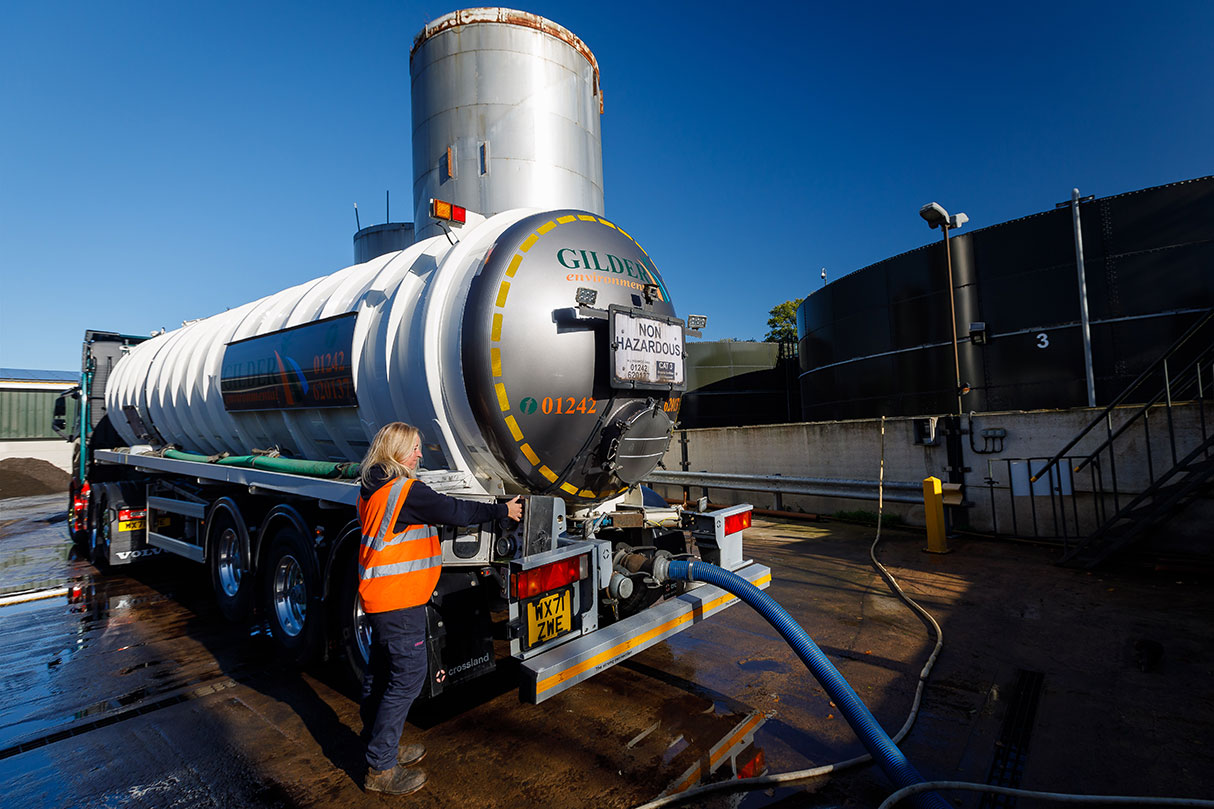How Fluid Garbage Disposal Functions: A Thorough Introduction of Strategies and Technologies Used

Review of Fluid Waste Kind
The complexity of fluid waste kinds requires an extensive understanding of their characteristics and ramifications for disposal. Liquid waste can generally be categorized into several types, consisting of industrial, local, agricultural, and unsafe waste. Each group shows distinct residential properties, calling for particular administration methods to reduce environmental and wellness dangers.
Industrial fluid waste stems from manufacturing processes and often has a variety of impurities, such as hefty metals, solvents, and natural compounds. Community liquid waste, mostly comprising wastewater from families and industrial establishments, has natural matter, nutrients, and pathogens (industrial wastewater treatment). Agricultural fluid waste, including drainage from ranches, may have plant foods, chemicals, and animal waste, positioning threats to water top quality and environments
Unsafe liquid waste is characterized by its toxicity, reactivity, or prospective to create injury. This classification includes materials like acids, bases, and specific chemicals that necessitate rigid handling and disposal procedures. Recognizing these varied fluid waste types is critical for creating efficient disposal techniques and making sure compliance with environmental regulations. Appropriate classification and characterization are vital for executing proper treatment methods and reducing the negative influence on public health and the atmosphere.
Physical Therapy Approaches

Screening is the first action, where bigger fragments and particles are eliminated from the fluid waste using screens or grates. This procedure shields downstream tools from damage and makes sure smoother procedure. Following screening, sedimentation utilizes gravitational pressure to different solids from liquids. In sedimentation containers, much heavier particles clear up at the bottom, forming a sludge layer, while the cleared up fluid can be further treated.
Purification is an additional important method that involves passing the fluid through porous materials, such as sand or membranes, to capture smaller fragments. This action improves the high quality of the fluid, making it suitable for succeeding treatment procedures.

Chemical Therapy Methods
Chemical therapy techniques are vital for successfully managing fluid waste, specifically in resolving dissolved and Get More Information colloidal impurities that physical methods might not appropriately get rid of. These techniques use numerous chemical representatives to reduce the effects of, precipitate, or transform dangerous substances into much less unsafe kinds.
One common technique is coagulation and flocculation, where chemicals such as alum or ferric chloride are included in advertise the gathering of suspended fragments. This procedure enhances sedimentation, enabling much easier removal of the resulting sludge. Additionally, oxidation procedures, employing agents like chlorine or ozone, are employed to break down complex natural substances and pathogens, providing the waste more secure for discharge or more treatment.
Neutralization is an additional crucial method, which changes the pH of acidic or alkaline waste streams to neutral degrees, protecting against potential damage to downstream systems and the atmosphere. In addition, advanced oxidation processes (AOPs) use combinations of oxidants and ultraviolet light to deteriorate relentless contaminants, attaining a greater degree of treatment performance.
Biological Therapy Processes
Biological treatment procedures play a crucial role in the management of fluid waste by making use of microorganisms to break down raw material and minimize contaminant degrees. These procedures can be broadly classified into aerobic and anaerobic therapies, each using particular microbial communities to achieve effective waste destruction.
Cardio therapy involves the use of oxygen to facilitate the breakdown of organic products by microorganisms. This procedure is commonly carried out in triggered sludge systems, where aeration containers offer a conducive environment for microbial development, resulting in the oxidation of organic toxins. The resultant biomass can be divided from treated effluent via sedimentation.
In contrast, anaerobic therapy happens in the absence of oxygen, counting on various microorganisms to damage down raw material. This technique is especially advantageous for high-strength waste, as it generates biogas, an eco-friendly power resource, while lowering sludge production. Technologies such as anaerobic digesters are often utilized in community and industrial applications.
Both cardiovascular and anaerobic biological treatments not only decrease the environmental effect of fluid waste Discover More Here however also promote resource healing, making them crucial parts of sustainable waste administration techniques. Their performance, performance, and versatility support their widespread execution across numerous sectors.
Emerging Technologies in Disposal
Innovative techniques to liquid garbage disposal are rapidly evolving, driven by improvements in innovation and an enhancing focus on sustainability. Amongst these emerging modern technologies, membrane bioreactors (MBRs) have actually obtained grip for their ability to integrate biological treatment with membrane filtering, causing premium effluent that can be recycled in different applications. MBRs allow smaller impacts and much more effective procedures compared to conventional systems.
An additional appealing advancement is making use of anaerobic food digestion incorporated with nutrient recuperation innovations, which not just treats fluid waste however additionally generates biogas and recuperates useful nutrients like nitrogen and phosphorus. This dual benefit improves resource effectiveness and lowers ecological impact.
In addition, progressed oxidation processes (AOPs) are being adopted for the degradation of complicated organic toxins. These methods make use of effective oxidants and stimulants to break down impurities at the molecular level, using a highly effective solution for challenging waste streams.
Furthermore, the combination of expert system and maker understanding in waste administration systems is optimizing operational performance and anticipating upkeep, bring about decreased costs and enhanced environmental conformity. These modern technologies reflect a substantial change towards more reliable and sustainable liquid waste disposal techniques.
Verdict
In conclusion, efficient fluid waste disposal requires an extensive understanding of various techniques and innovations. By continually progressing these approaches, it comes to be feasible to attend to the expanding challenges connected with fluid waste, inevitably contributing to environmental defense and source recuperation.
Fluid waste disposal is a crucial aspect of environmental administration, calling visit here for an extensive understanding of various techniques and modern technologies customized to different waste types. Fluid waste can generally be categorized right into numerous kinds, including commercial, municipal, farming, and unsafe waste. Agricultural fluid waste, consisting of overflow from farms, might have plant foods, pesticides, and animal waste, positioning threats to water high quality and ecological communities.
Various physical treatment methods play an essential function in handling liquid waste successfully - industrial wastewater treatment.In conclusion, effective fluid waste disposal requires a comprehensive understanding of numerous techniques and modern technologies
Comments on “Trustworthy Liquid Waste Disposal Melbourne: Safe and Efficient Providers”